Studying the Effects of Wildfire and Weather on the Built Environment
The Insurance Institute for Business & Home Safety (IBHS) is an independent, nonprofit, scientific research organization. Our mission is to deliver top-tier science and translate it into actionable guidance that can be used to prevent avoidable suffering and property damage caused by severe weather and wildfire, breaking the cycle of repeated loss.
IBHS researchers test different methods for reducing damage to buildings at a one-of-a-kind Research Center capable of recreating severe weather and wildfire conditions. We subject full-size homes and their construction features to realistic ember storms, hail, rain, and up to 130 mph wind, which allows us to better understand a home’s vulnerabilities and test the effectiveness of different mitigation techniques against these natural perils.
Vulnerabilities
After a wildfire, IBHS conducts field studies to examine vulnerabilities that contributed to the destruction of buildings and reviews mitigation actions that could minimize this type of loss in the future.
Experts
Wildfire Prepared Home experts offer useful tips and research-backed insights to help you protect your home and property. Prepare your home and learn about the impacts of wildfire.

ANNE D. COPE, PHD, P.E.
Chief Engineer

FARAZ HEDAYATI, PHD
Lead Research Engineer

XARENI SANCHEZ MONROY
Research Scientist

MURRAY MORRISON, PHD
Managing Director of Research

IAN GIAMMANCO, PHD
Managing Director for Standards and Analytics
Stay In The Know
Want to keep up with the latest news from Wildfire Prepared Home? Sign up for updates today.









